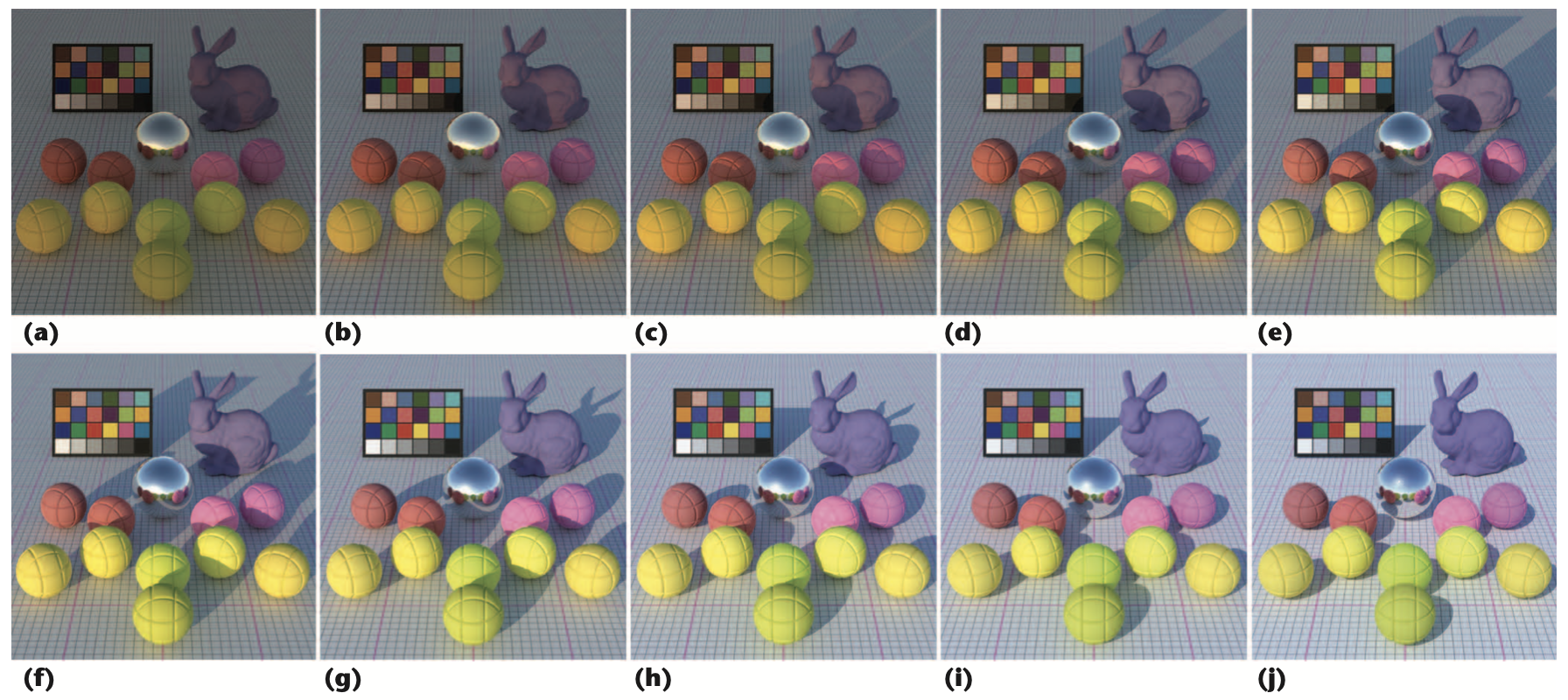One prerequisite for realistic renderings of outdoor scenes is the proper capturing of the sky’s appearance. Currently, an explicit simulation of light scattering in the atmosphere isn’t computationally feasible, and won’t be in the foreseeable future. Captured luminance patterns have proven their usefulness in practice but can’t meet all user needs. To fill this capability gap, computer graphics technology has employed analytical models of sky-dome luminance patterns for more than two decades. For technical reasons, such models deal with only the sky dome’s appearance, though, and exclude the solar disc. The widely used model proposed by Arcot Preetham and colleagues employed a separately derived analytical formula for adding a solar emitter of suitable radiant intensity. Although this yields reasonable results, the formula is derived in a manner that doesn’t exactly match the conditions in their sky-dome model. But the more sophisticated a skylight model is and the more subtly it can represent different conditions, the more the solar radiance should exactly match the skylight’s conditions. Toward that end, researchers propose a solar-radiance function that exactly matches a recently published high-quality analytical skylight model.
